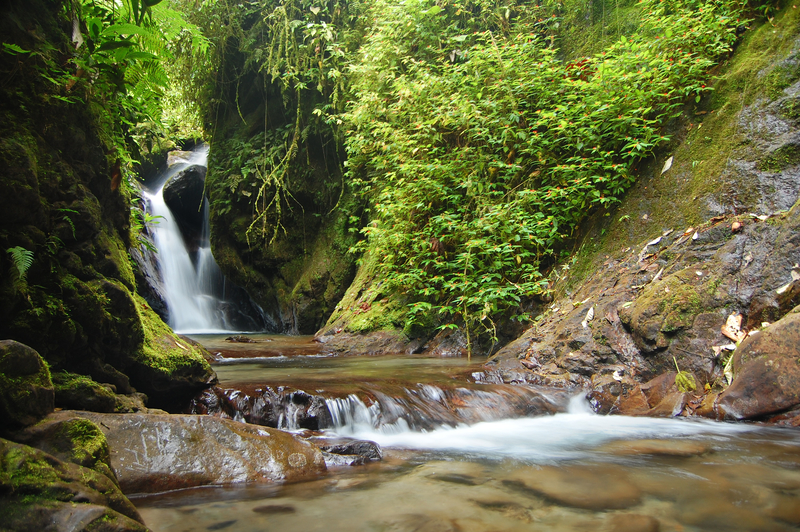Chasing waterfalls during peak spring runoff

You just can't stir up controversy among waterfall experts.
There's none of the big talk heard among tree people or mountain climbers, for instance, who enjoy banter about which grove has the largest redwoods or which peak is the toughest to climb.
Waterfall enthusiasts hail from the Mutual Admiration Society, where there's an unspoken code of etiquette when speaking of another's natural wonders. They are polite to the point of reverence.
Chris Shaffer, author of "The Definitive Guide to the Waterfalls of Southern and Central California," can name his favorite waterfall locations in the time it takes to make a cellular phone call.
"There's the Columbia River Gorge, Yellowstone," Shaffer said. "The Rockies have some excellent waterfalls. Upstate New York has glacial cut mountains. The Rockies. Oregon, Washington, the Appalachian trail area."
Shaffer paused for a moment. "It's tough to beat Yosemite waterfalls—they're huge and powerful."
No argument from Kevin Adams, author of "North Carolina Waterfalls" as well as other waterfall and nature guides.
"Yosemite Falls, yes, that is quite nice especially in spring," Shaffer said. "We have cliffs but nothing like what you get in California."
Adams has wandered thousands of miles through Appalachian and Great Smoky Mountain forests. Along the way he's catalogued discoveries of crystal spring waters that cascade down evergreen slopes and disappear over rocky ridges.
"We're fortunate out here," Adams said. "Generally our falls look good year round although the best times are winter and spring."
By fall both men find solitude when sitting beside a waterfall. They like the way light dances across its flowing veil, the way wind can change its direction and alter the sound it makes.
"Every waterfall is different and every year is different," Shaffer said. "The rocks, the weather, the flow, humidity. It's always changing."
As summer wears on many waterfalls, especially those in the West, begin to dry up. Shaffer and Adams offered some suggestions to anyone visiting waterfalls:
-
Visit waterfalls in early spring when flows are high. Many waterfalls are seasonal and flows diminish quickly if local rainfall was below normal.
-
Bring food and bottled water, especially on extensive hikes. Do not drink water from streams unless it has been purified.
-
Avoid crossing upstream or downstream of a waterfall. Nearby rocks tend to be slippery from moisture coming off the falls.
-
Do not swim near the falls. The water can swiftly drag you under.
-
Wear hiking shoes to help avoid slipping on rocks and protect feet for falling rocks or sharp edges.
-
Pack out anything you bring in. Backcountry destinations usually don't have trash receptacles. Since the number of visitors grows each year, litter problems have become endemic at parks across the US.
"Waterfalls are a stress reliever," Shaffer said. "They take us away from city life where we get caught up with computers and cell phones."
On-line waterfall guides
General information on locations throughout the US:
http://waterfalls.nature.st/wfs/North_America/United_States/
America's top waterfalls:
http://www.americasbestonline.net/index.php/pages/waterfallsunitedstates.html
Eastern waterfall guide:
http://www.aria-database.com/waterfall/recommended.html
Western waterfall guide:
http://www.waterfallswest.com/
Article by Jay Alling, editor of Sensible Driver. Write to jay@sensibledriver.com.